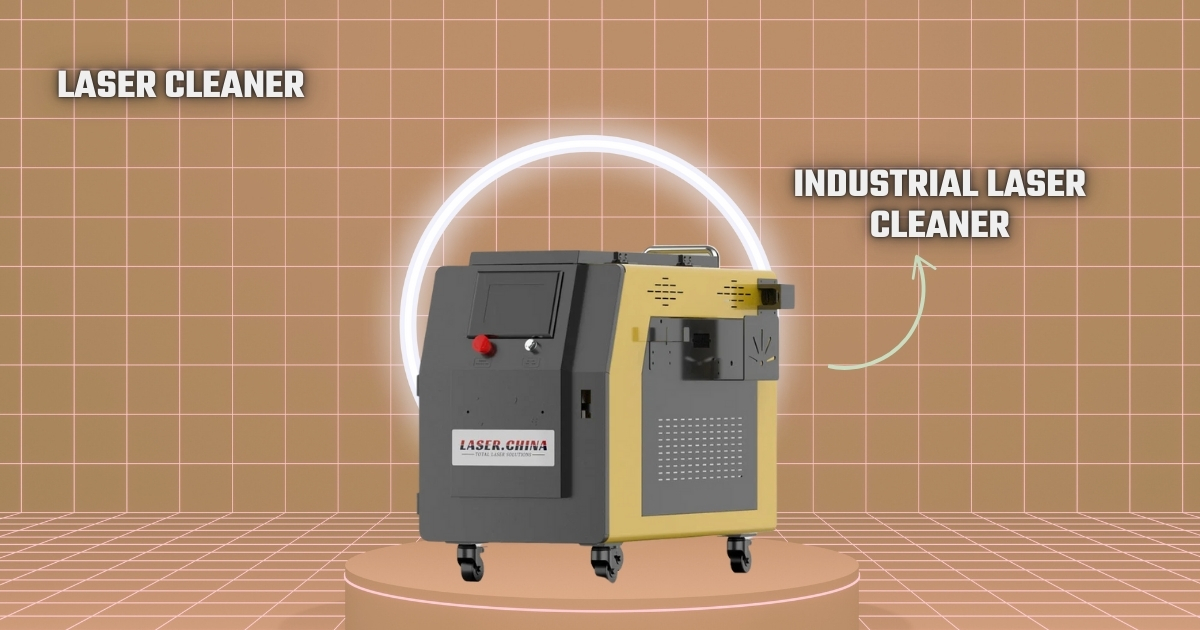The cost of a laser welder can vary widely, depending on several factors such as the type of laser, power output, intended application, and brand. In general, laser welders range from $4,000 to over $100,000, making it essential to understand your specific needs before purchasing.
Entry-Level Laser Welders
Entry-level laser welding machines typically start at around $4,000 to $10,000. These machines are designed for small-scale projects or hobbyists, offering lower power outputs and fewer advanced features. While they may lack the capability to handle heavy-duty industrial tasks, they are suitable for applications like jewelry making, small repairs, or light-duty manufacturing.
Mid-Range Laser Welders
Mid-range laser welders cost between $10,000 and $50,000. These machines are ideal for small to medium-sized businesses and provide more power, better precision, and greater durability. Mid-range models are often used in industries like medical device manufacturing, automotive repairs, or electronics assembly. They typically come equipped with features such as user-friendly interfaces, enhanced cooling systems, and automated functions for improved efficiency.
High-End Industrial Laser Welders
High-end laser welders can cost upwards of $50,000 and often exceed $100,000. These are industrial-grade machines designed for large-scale production and complex tasks. High-end welders offer high power outputs, exceptional precision, and the ability to work with a wide range of materials. They are commonly used in industries like aerospace, automotive manufacturing, and advanced metal fabrication. These machines often include cutting-edge features like fiber laser technology, multi-axis movement, and integrated automation systems.
Factors Influencing the Cost
- Type of Laser: The type of laser used significantly impacts the price. Fiber lasers, which are efficient and long-lasting, tend to cost more than CO2 or YAG lasers.
- Power Output: Higher power output allows for deeper penetration and faster welding speeds, but it also increases the cost. For example, a 1kW laser welder will be more expensive than a 500W model.
- Application Requirements: Machines intended for precision welding (e.g., in medical or jewelry industries) often have advanced features that raise the price.
- Brand and Support: Reputable brands that offer robust customer support and warranties tend to charge a premium.
- Customization and Accessories: Additional features like automation, software integration, and specialized fixtures can also increase the cost.
Additional Costs
When budgeting for a laser welder, consider ancillary expenses such as installation, training, maintenance, and consumables. For instance, some lasers require regular replacement of parts like lenses, mirrors, or gas supplies, adding to the total cost of ownership.
Conclusion
The cost of a laser welder is determined by its capabilities and the user’s requirements. A clear understanding of your needs and budget can help you choose the right machine, whether it’s an affordable entry-level model or a high-end industrial solution. Investing in the right laser welder can lead to significant improvements in productivity and precision, making it a worthwhile expense for businesses and professionals alike.
